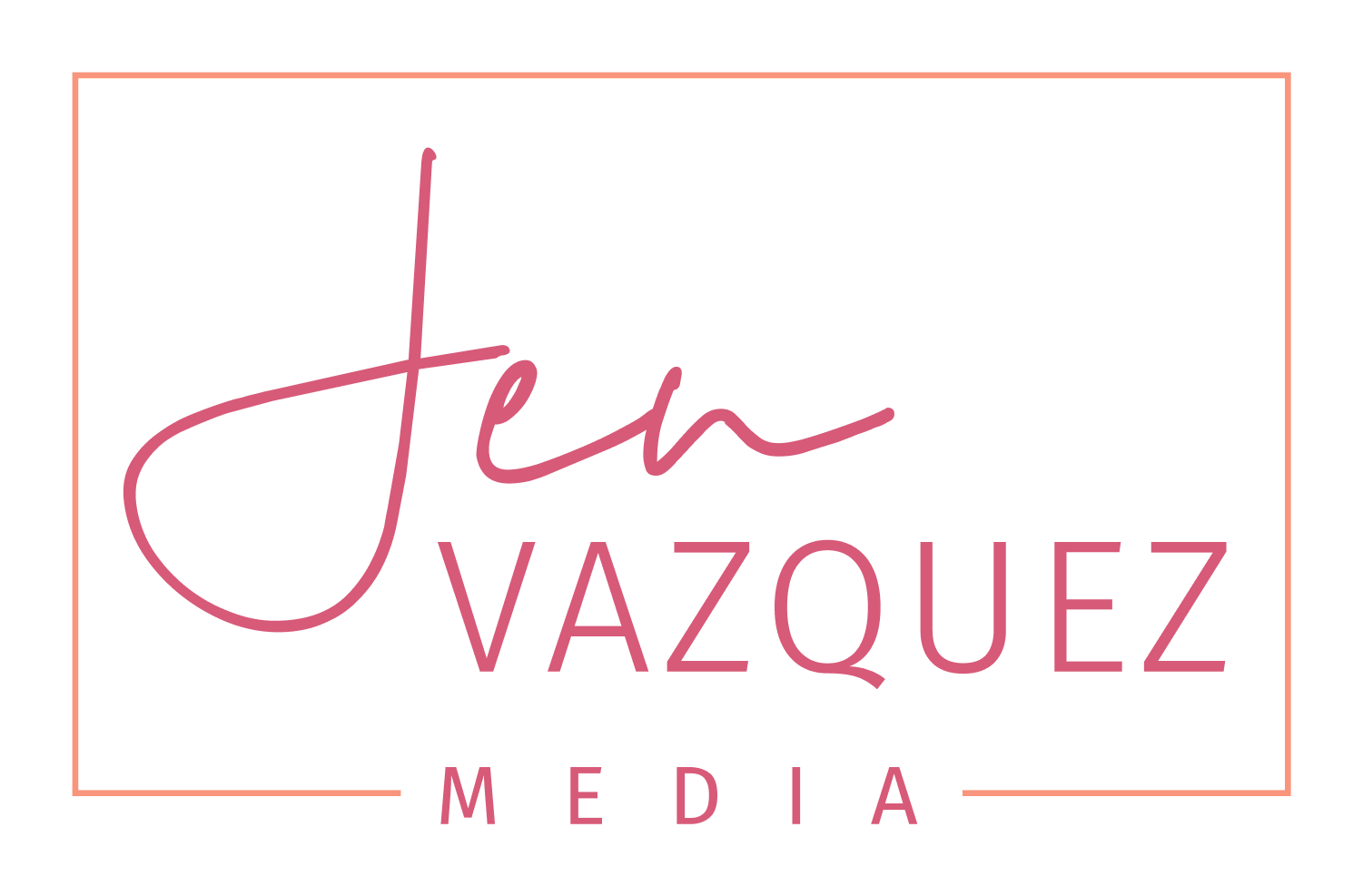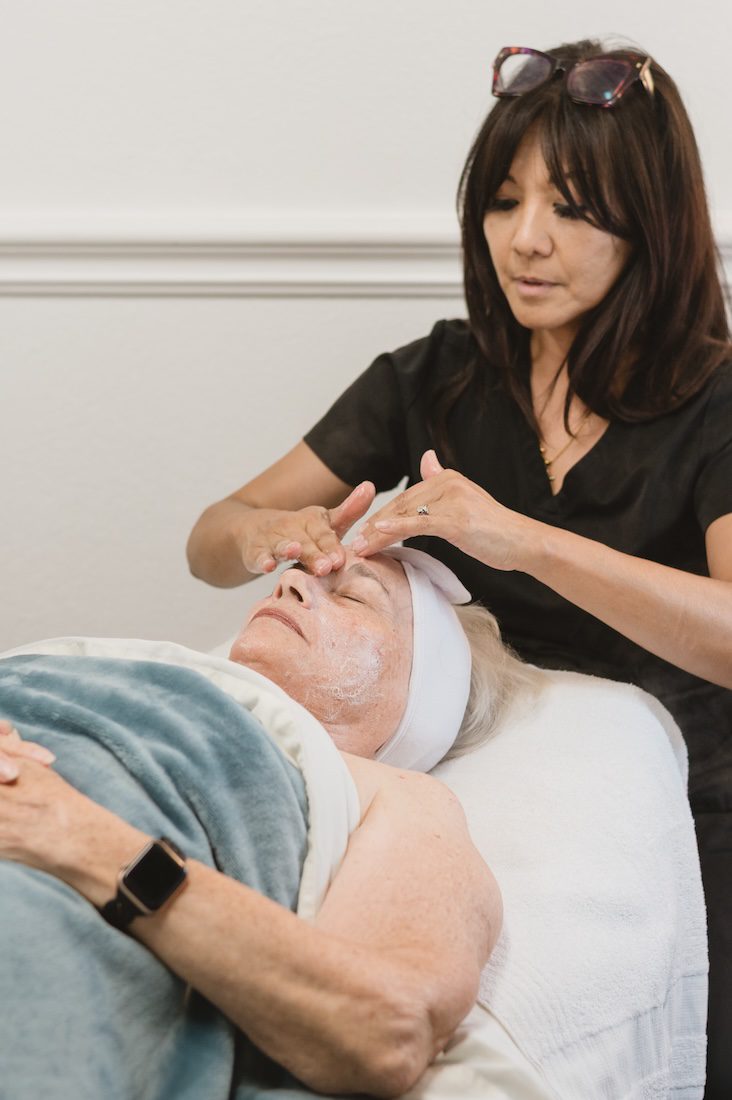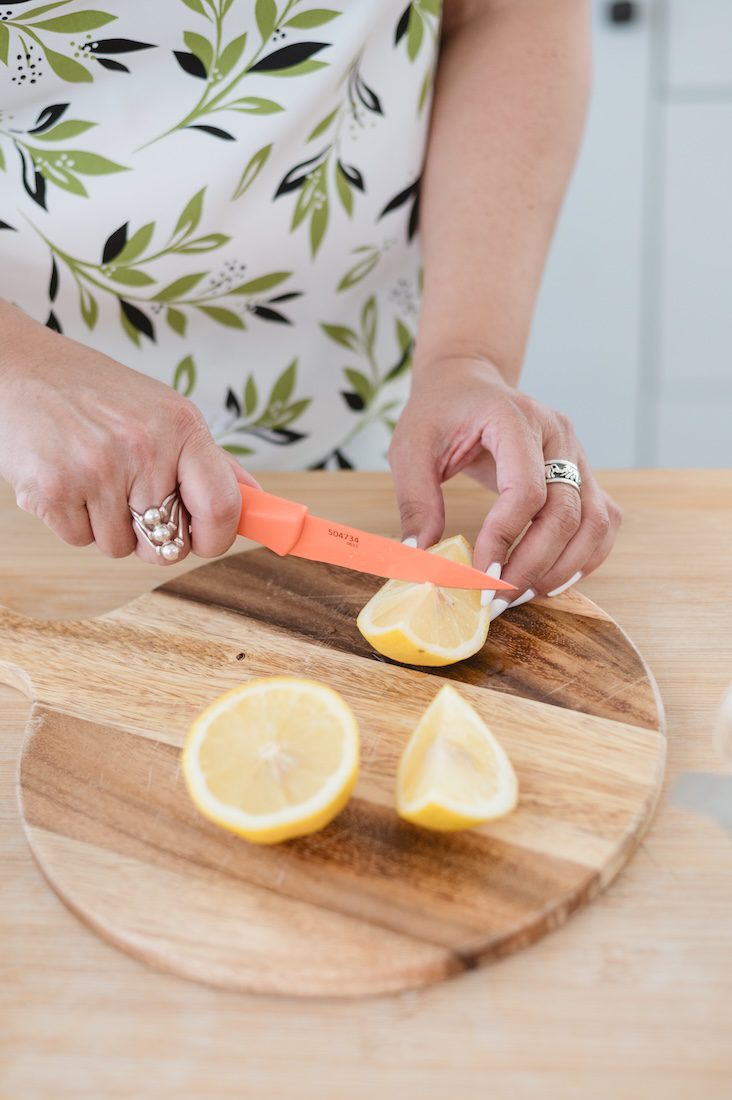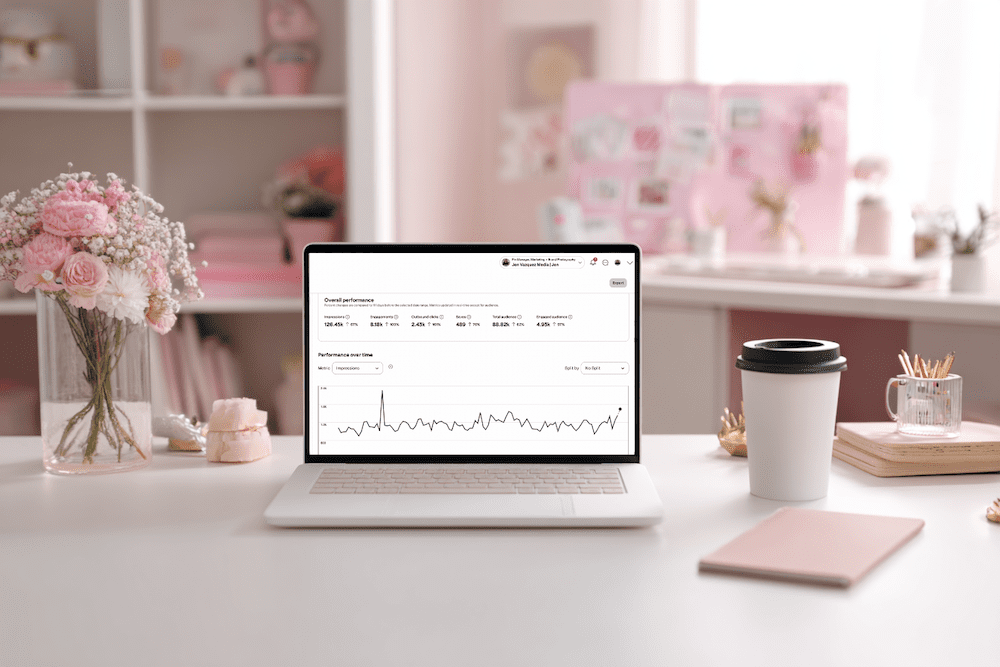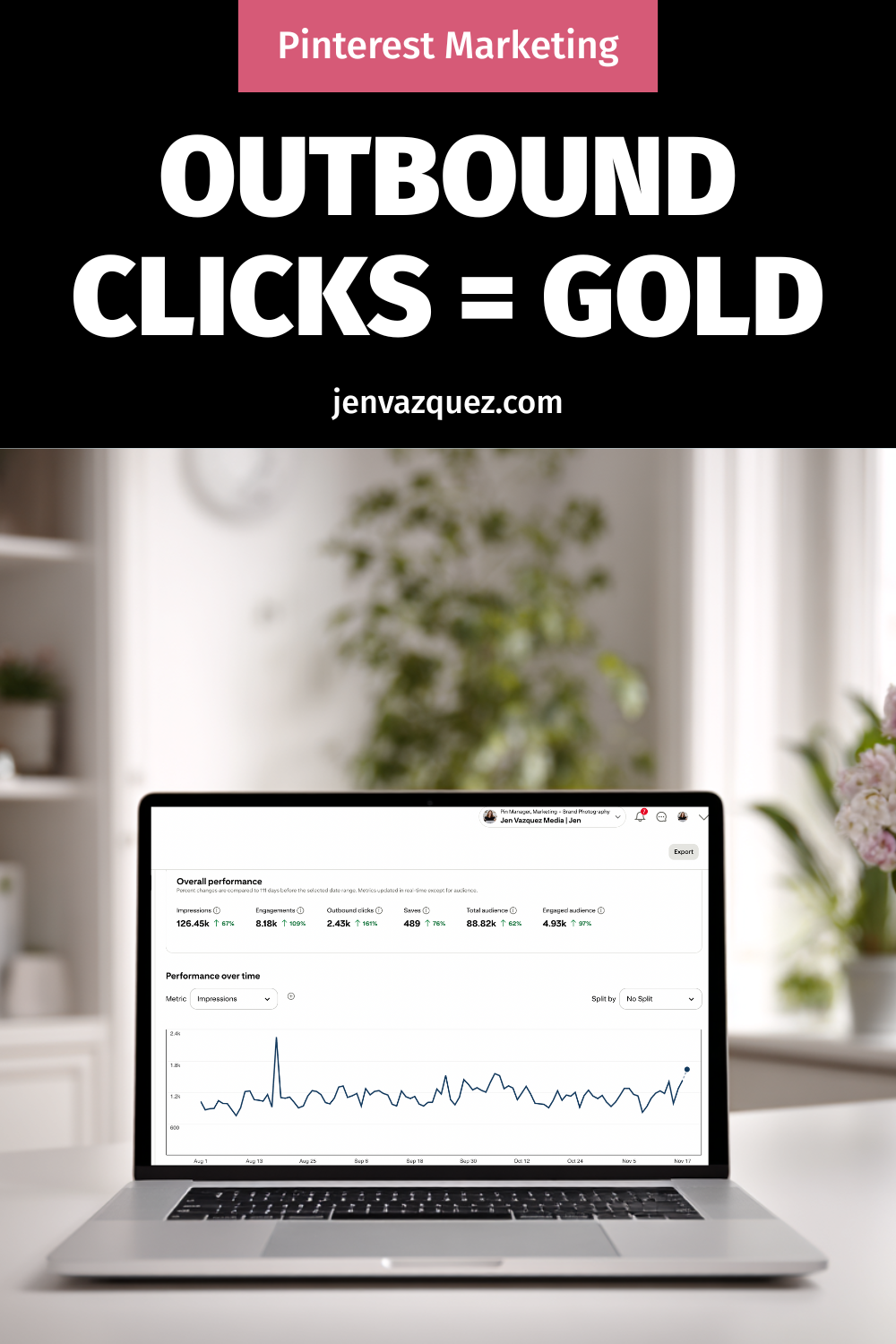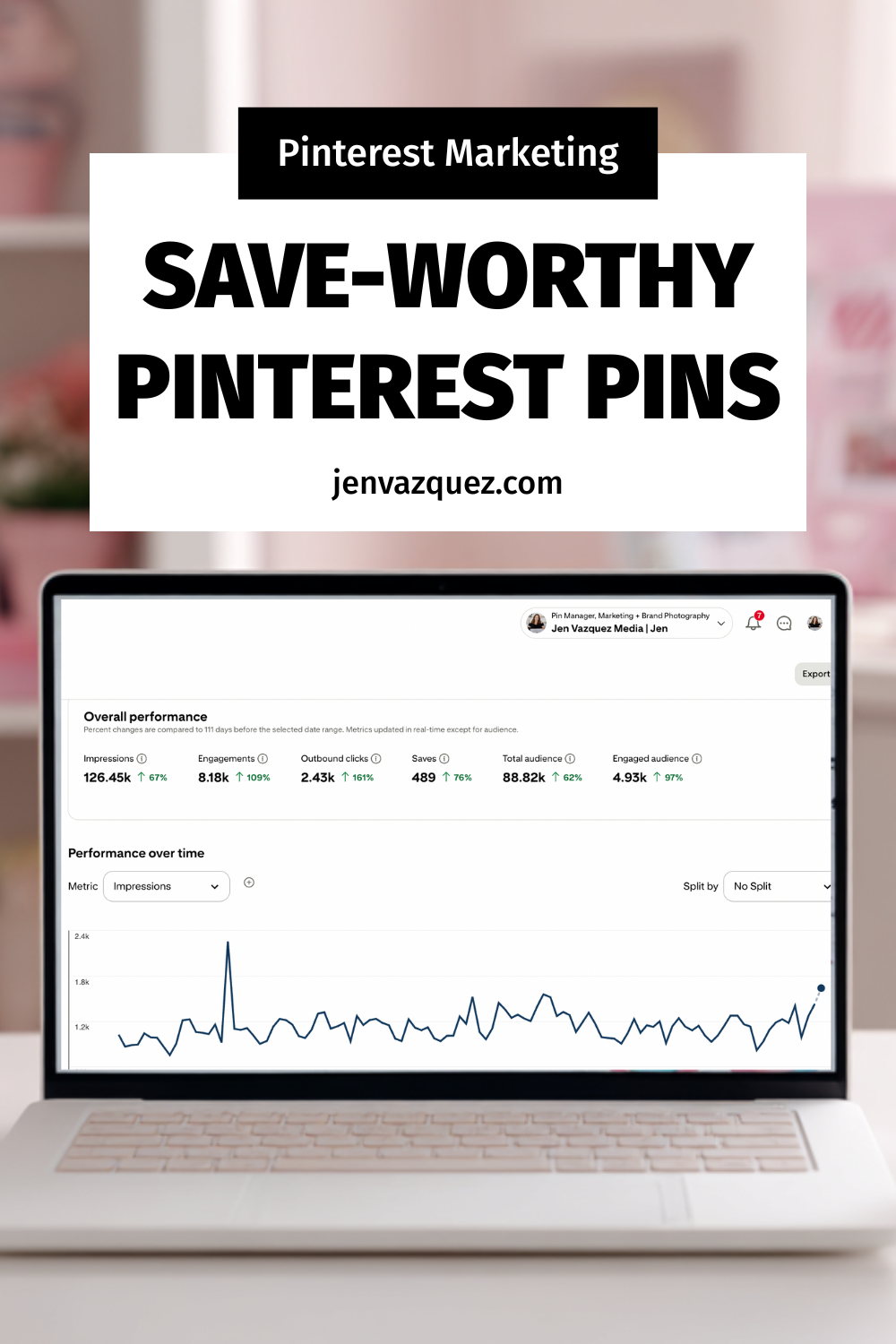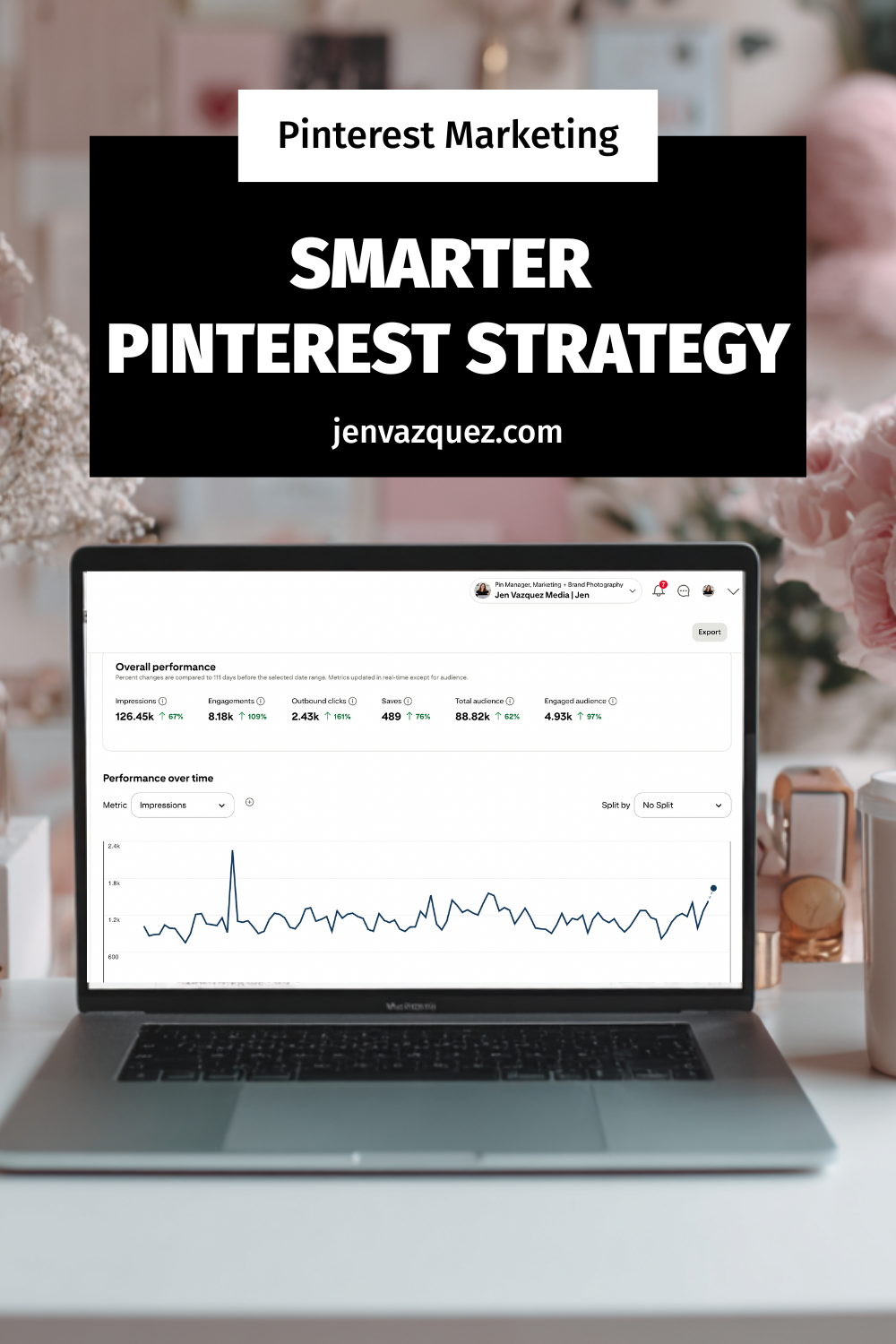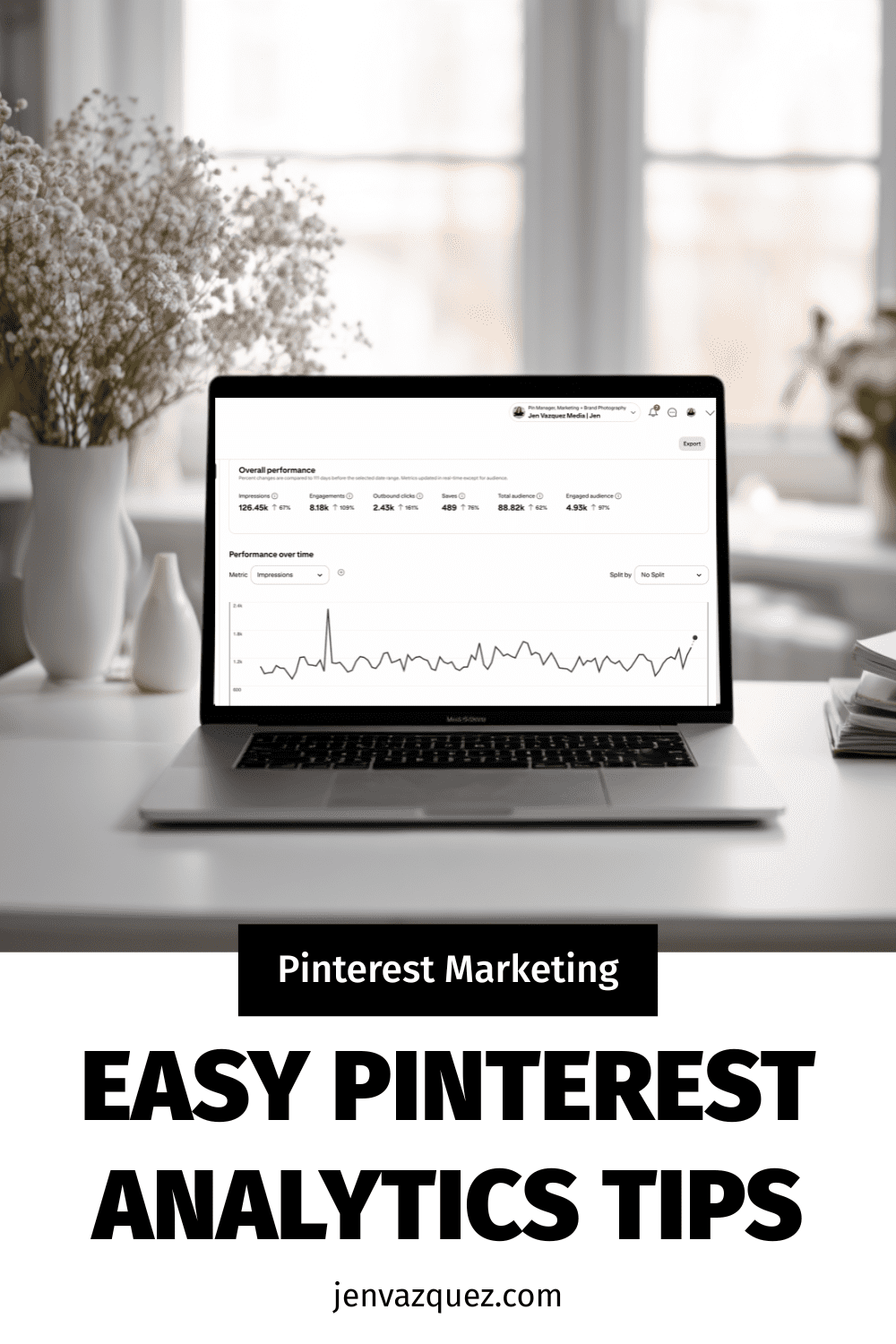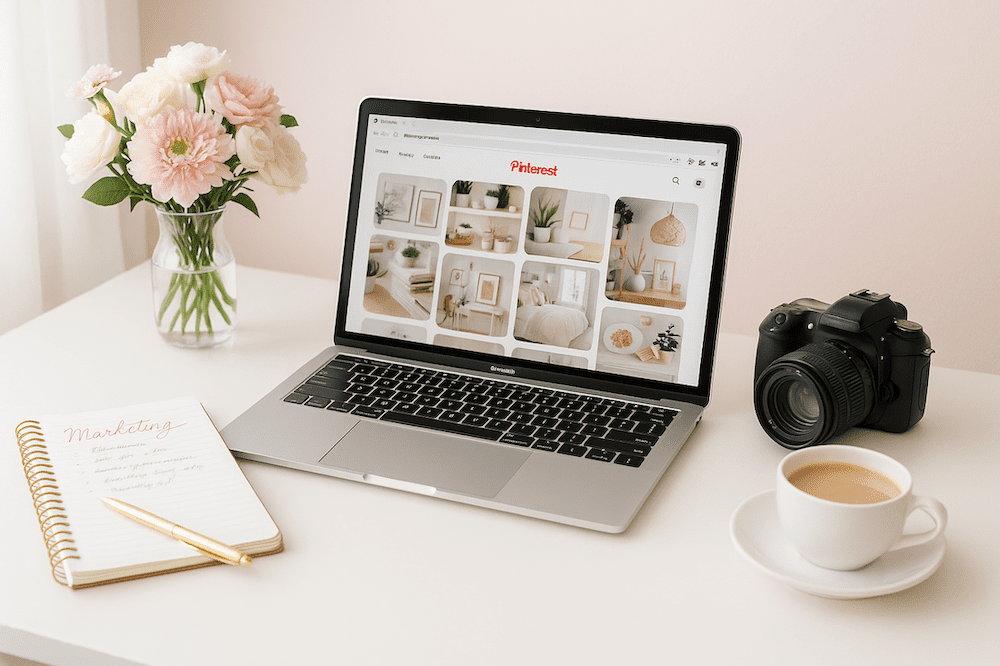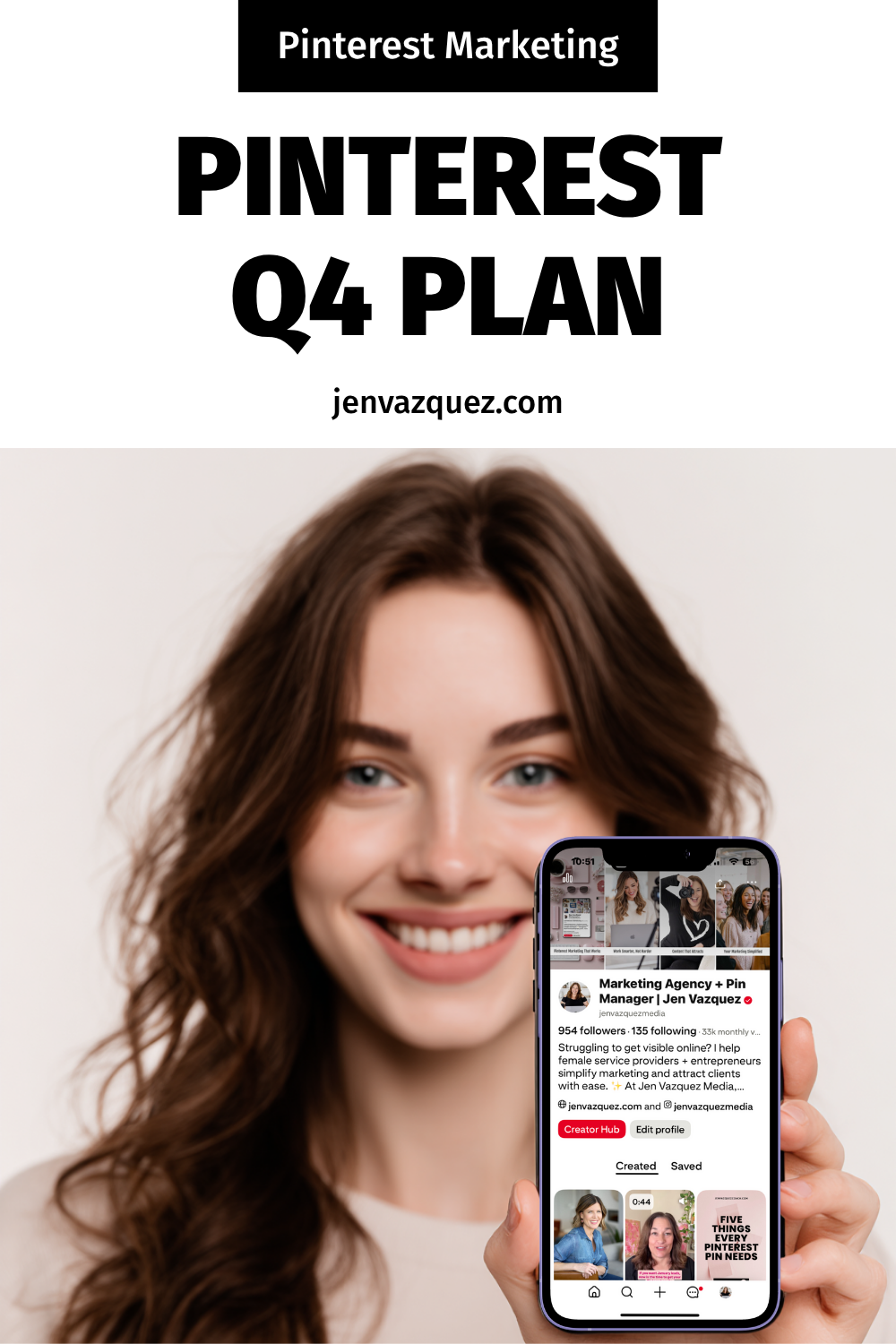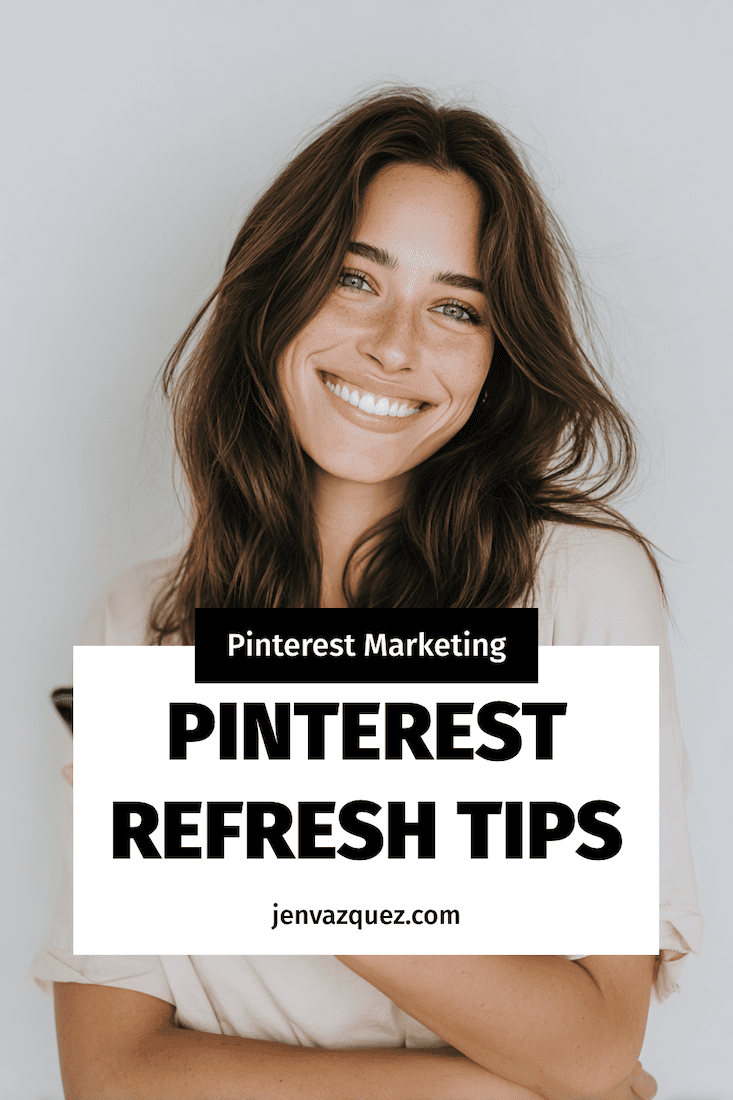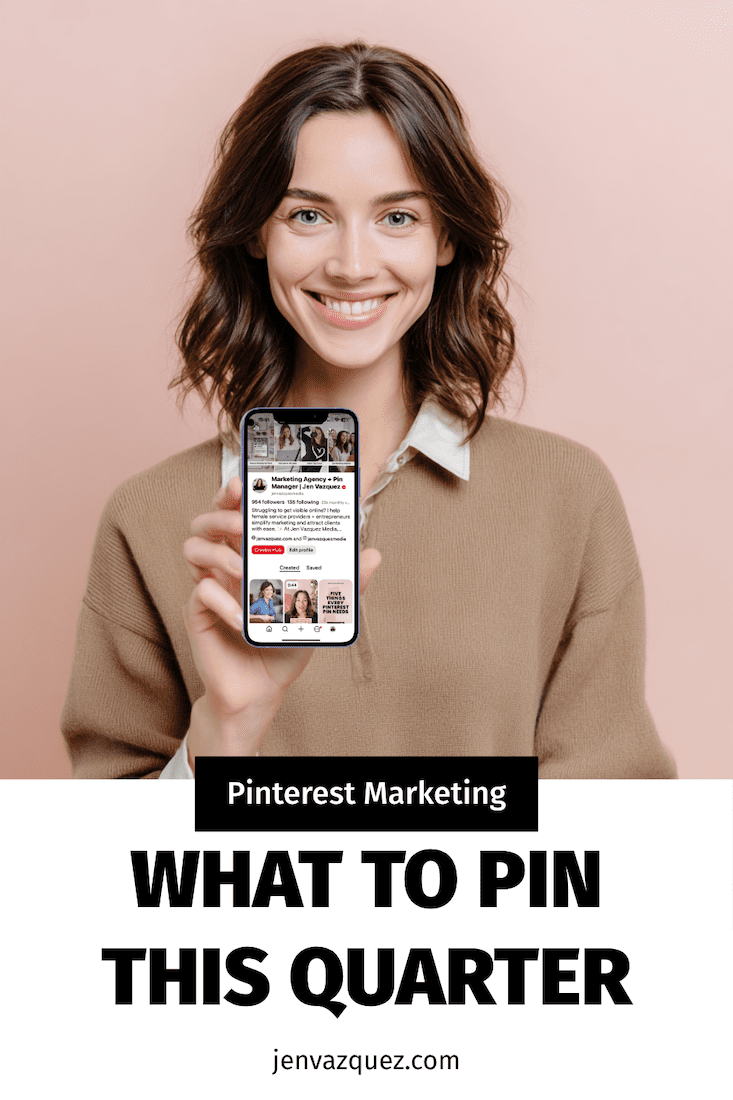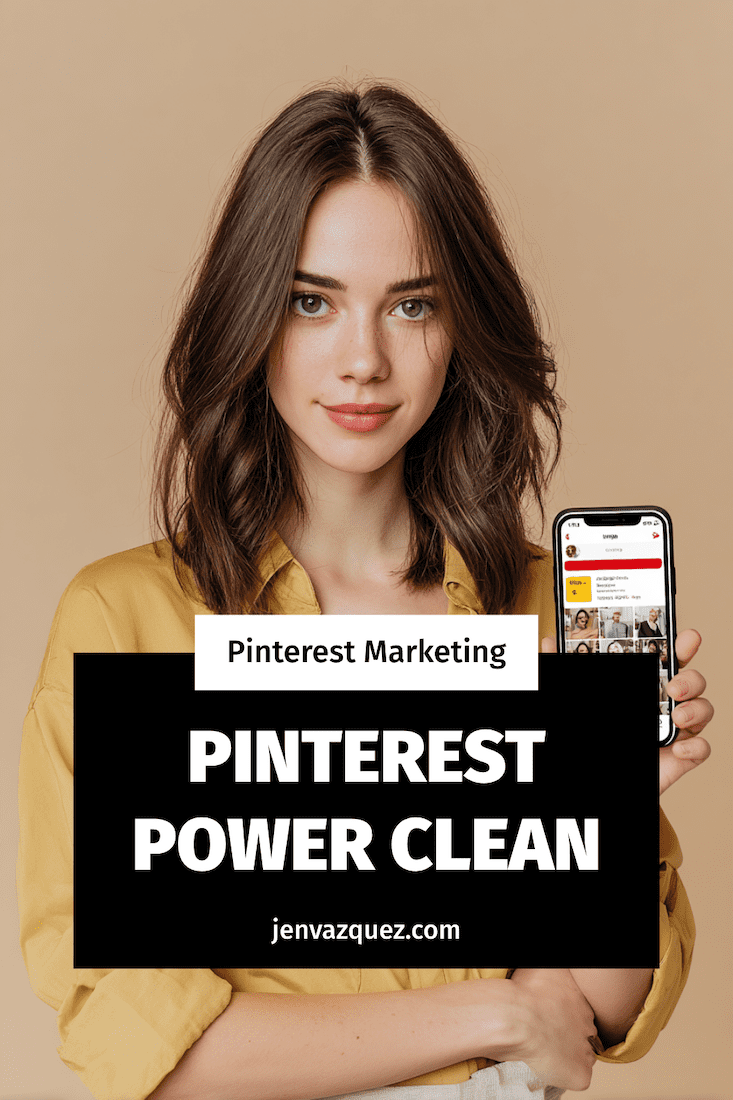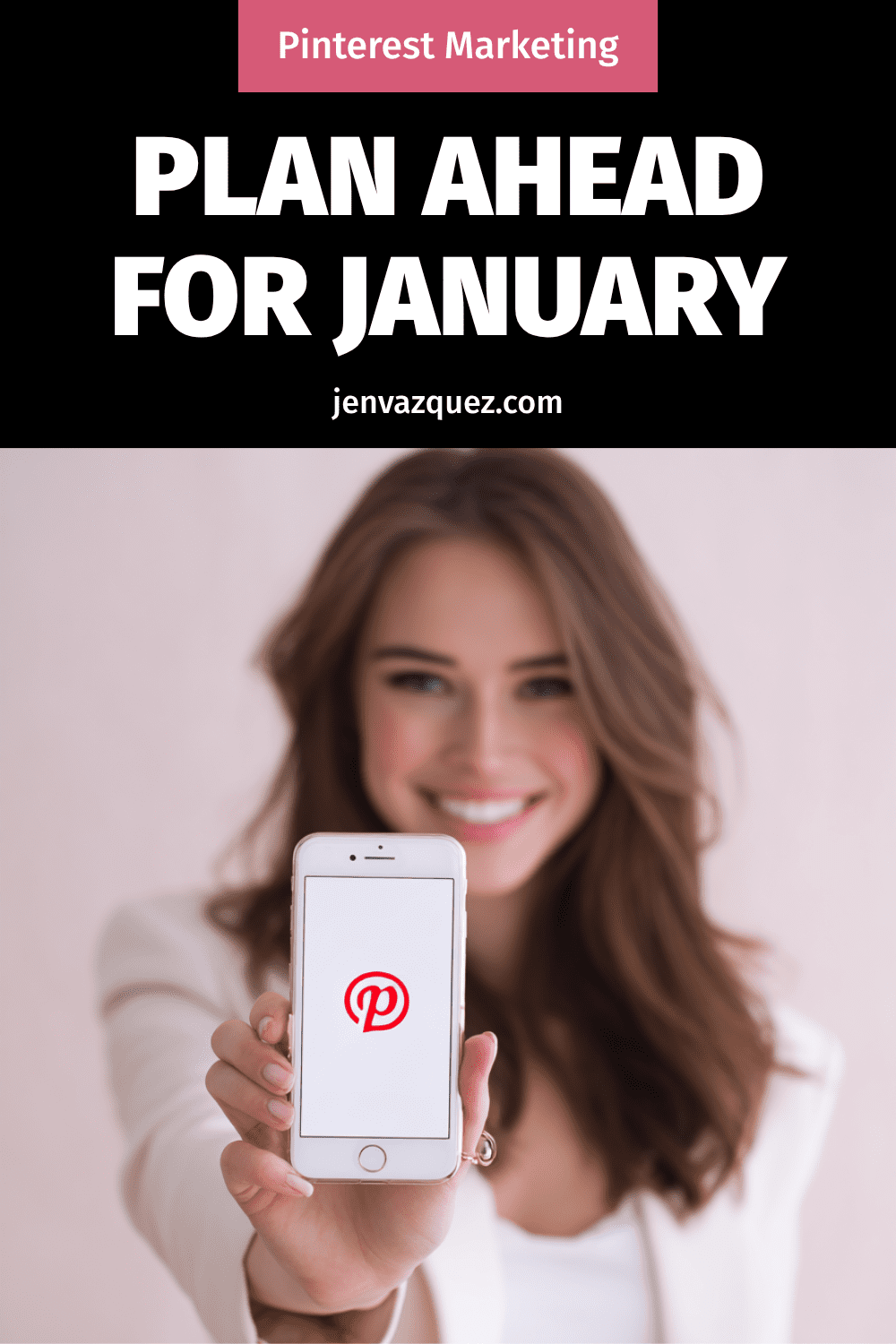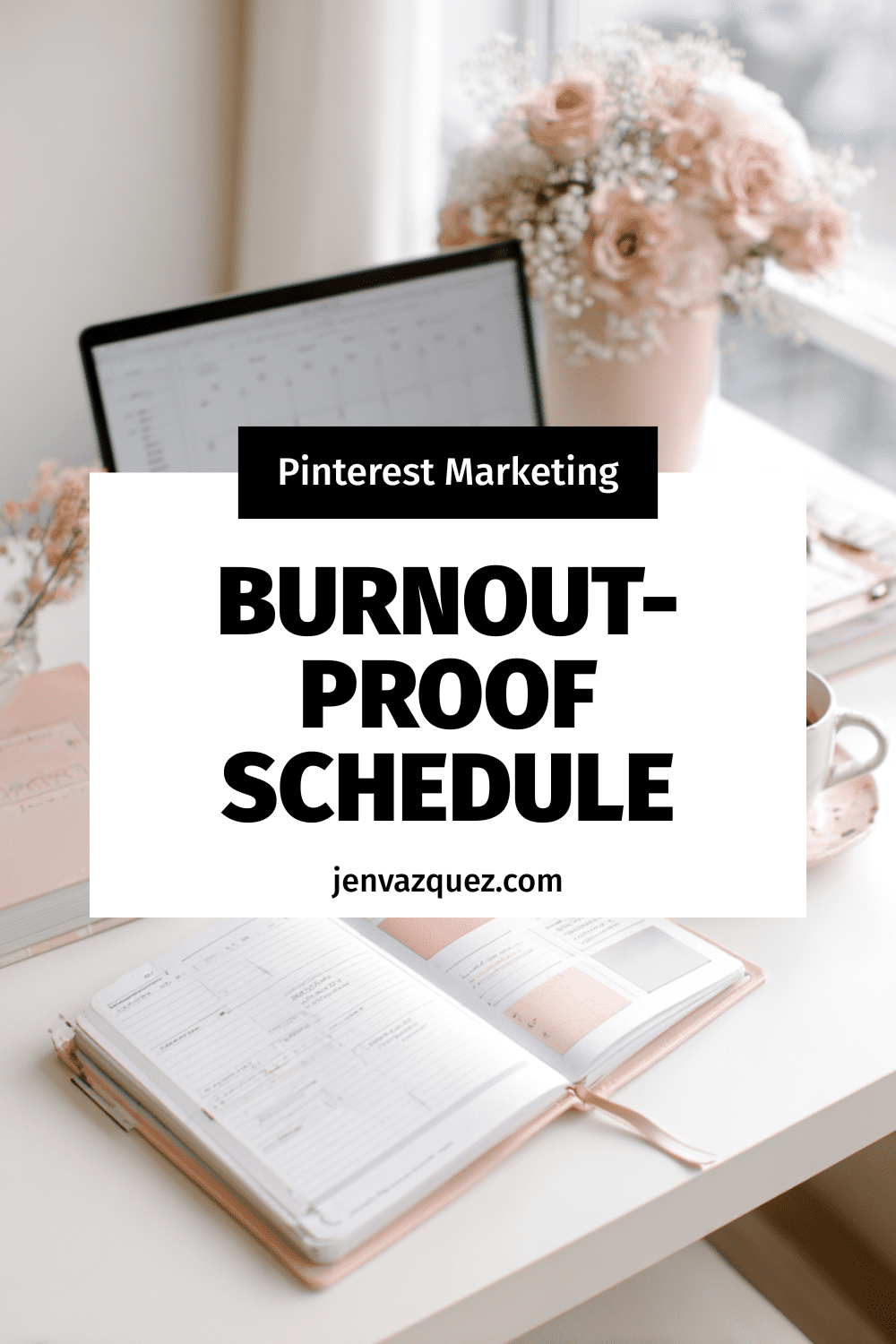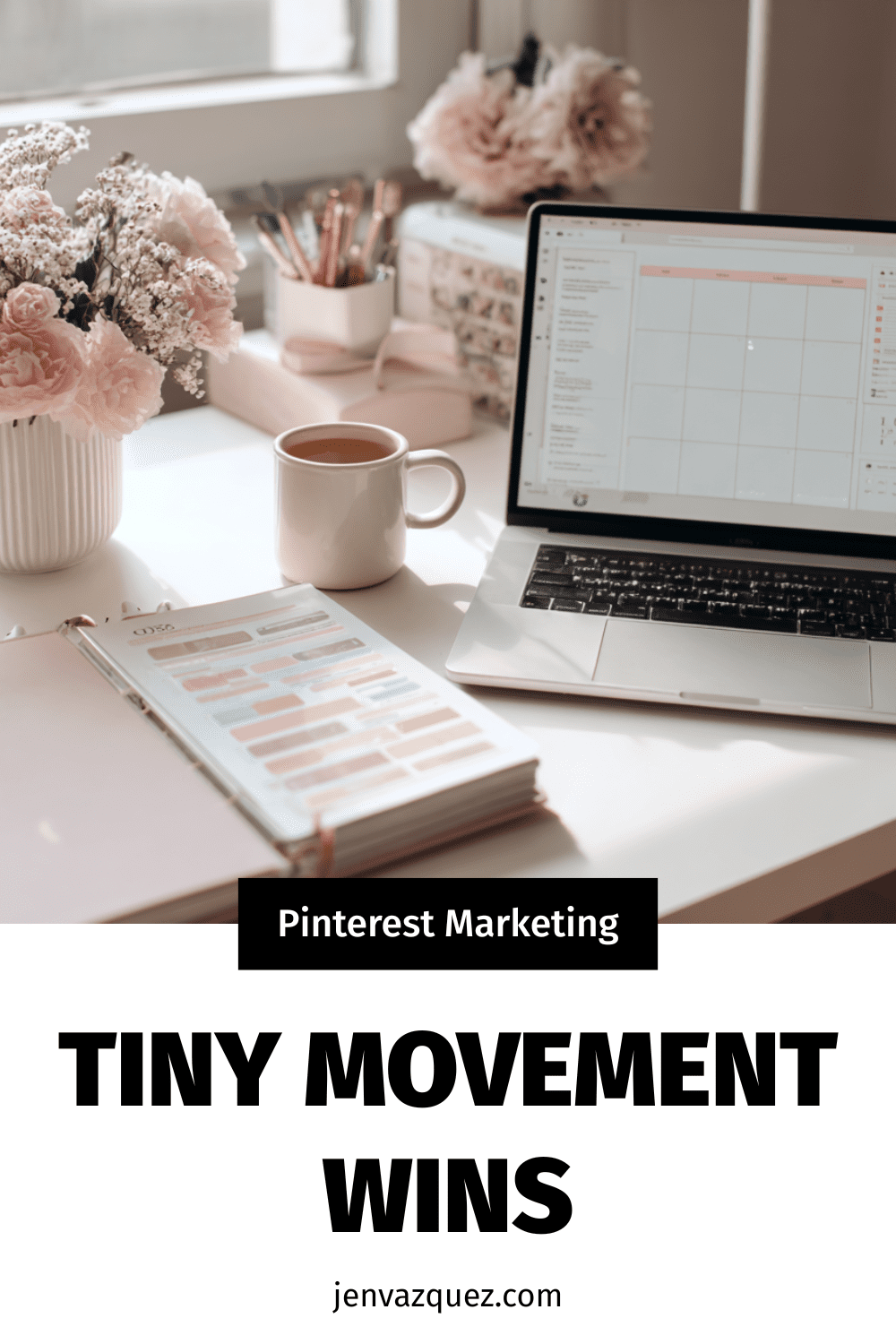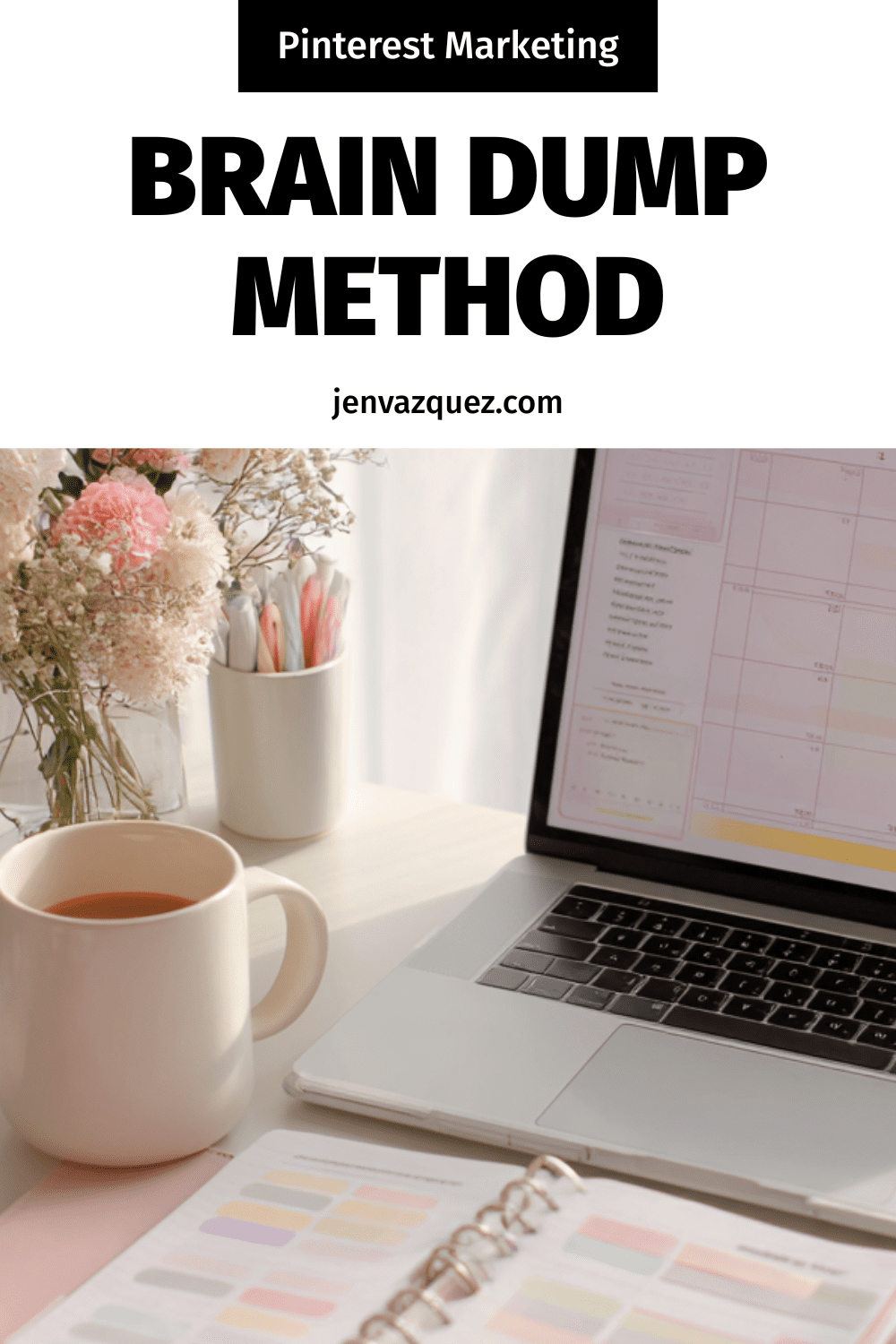How to Get More YouTube Traffic Using Pinterest
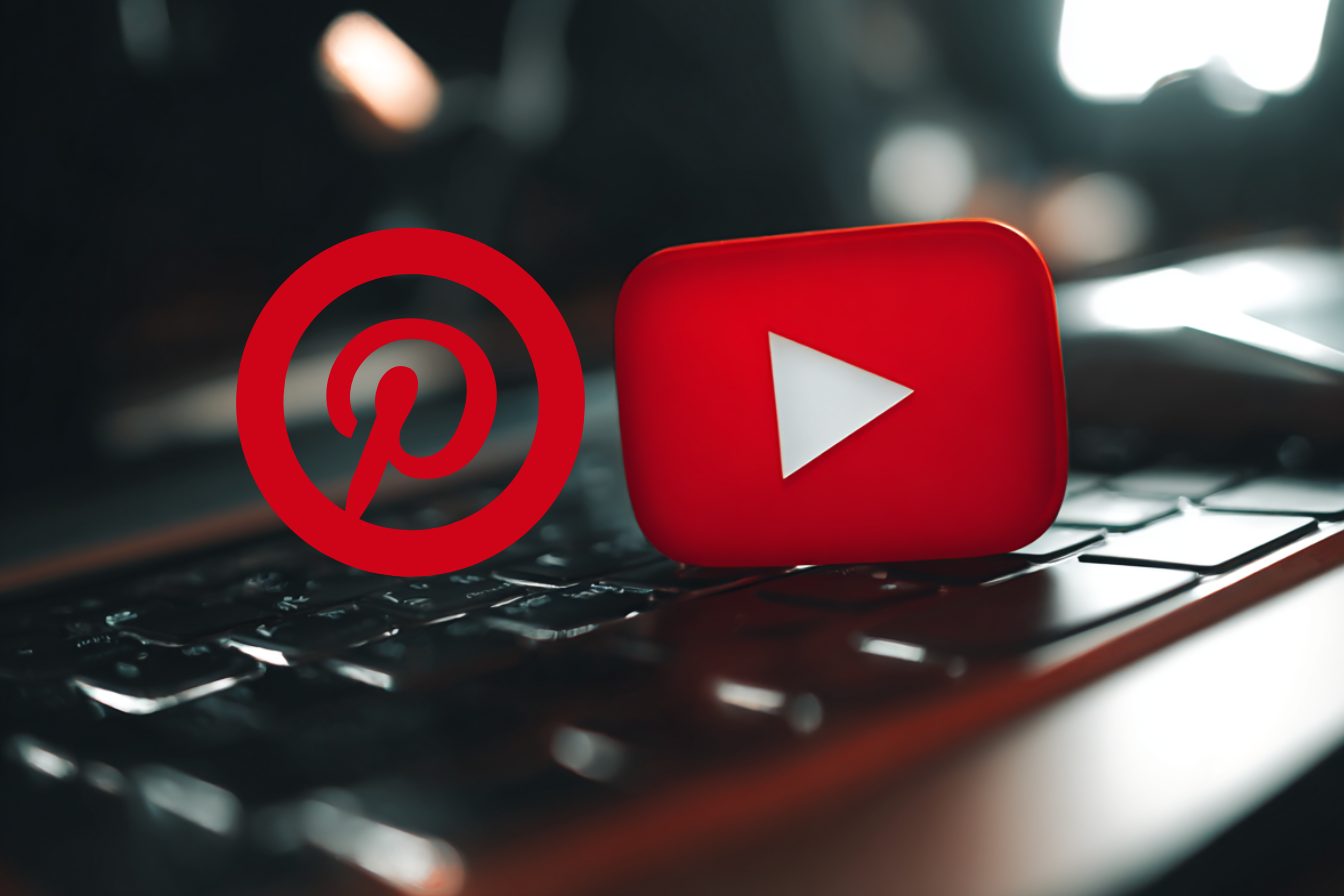
How to Get More YouTube Traffic Using Pinterest
Pinterest might not be the first place you think of for YouTube growth, but honestly, it should be. If you want more views without posting every single day, Pinterest is doing some heavy lifting right now—and it’s only getting better.
I’m Jen, and I help service providers build simple marketing systems that work in the background so business doesn’t take over life. Today, I’m breaking down how Pinterest can send steady traffic to your YouTube videos, even if your channel is small.
Pinterest just crossed 600 million monthly users. That’s not a typo. And the best part? People go there to search, not scroll. That means your content doesn’t disappear after 24 hours. It can keep showing up for months—or even years.
Let’s walk through the easy, Pinterest-friendly way to boost your video views.
Why Pinterest Works So Well for YouTube
Pinterest is not social media in the way Instagram or TikTok are. It’s a visual search engine. People open Pinterest with intent. They’re looking for answers, ideas, and how-tos.
When your video shows up in search, it reaches people who already want that topic. That’s why Pinterest traffic tends to be calmer, steadier, and more consistent over time.
If you’re tired of chasing trends or feeling pressure to post constantly, this matters.
Tip One: Skip Direct Sharing from YouTube
Directly sharing a YouTube link to Pinterest usually gives you a small landscape preview. That tiny 16×9 image gets lost fast.
Instead, create a long vertical pin. Think Pinterest first, YouTube second. Vertical pins take up more space, grab attention, and perform better in search.
You’re not changing your video. You’re just packaging it in a way Pinterest understands.
Tip Two: Add a Play Button That Pops
People need to instantly know they’re clicking through to a video. A simple red triangle play button does that job fast.
Place it somewhere visible on the pin. This small visual cue increases clicks because it removes confusion. People know exactly what they’re getting.
If they don’t realize it’s a video and bounce back quickly, Pinterest reads that as low value. Clear signals help your pin perform better.
Tip Three: Use Simple Text Overlay (and Say “Video”)
Don’t just upload a screenshot of your YouTube thumbnail. Keep it clean and clear.
Add short text like:
- Pinterest Tips (Video)
- Brand Photos Guide (Video)
- Client Workflow Tips (Video)
Yes, actually using the word “video” helps. It sets expectations and attracts people who want to watch—not just read.
Clear text gets more clicks. Always.
Make It Even Easier
Want your YouTube videos to bring in steady views without adding more to your weekly to-do list?
My Pinterest management services take care of the whole system — keywords, pin design, weekly posting, and analytics — so your videos keep getting found long after you hit publish.
This is about working smarter, not harder.
Tip Four: Write Descriptions Like a Human
Pinterest is powered by keywords, but that doesn’t mean sounding robotic.
Write descriptions using words people actually type into search:
“This video shows you how to fix your workflow so you can save time and get more leads.”
Short. Real. Helpful. No clickbait. Pinterest rewards clarity, not tricks.
If you want AI to help, check this out!
Tip Five: Upload Short Video Pins as Previews
Short video pins are perfect previews for your YouTube content.
If you already create Shorts or Reels, you’re ahead. Upload those vertical clips to Pinterest, add text overlay, and include a small CTA like “Watch the full video on YouTube.”
Each new pin gives your content another chance to spike in views. Fresh pins = fresh reach.
Thanks for hanging out with me today. Coming next week, we’re talking all about how to use brand photos to bring in more clients in 2026. You don’t want to miss it.
